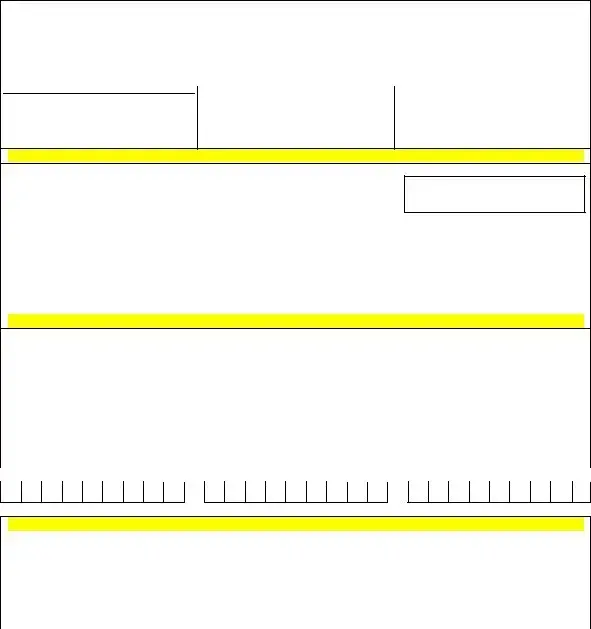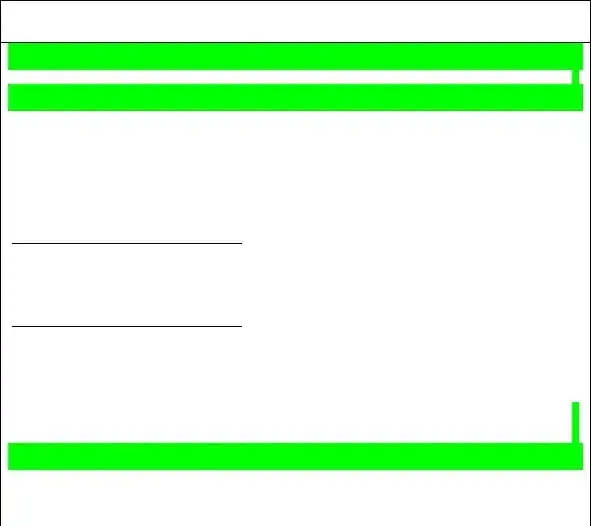What is the Union Bank form used for?
The Union Bank form is designed for various banking needs, including account applications, loan requests, and other financial transactions. It helps gather the necessary information from the customer to process their requests efficiently. Completing this form accurately ensures that transactions can be handled smoothly and without delays.
How do I access the Union Bank form?
You can access the Union Bank form online through the official Union Bank website or by visiting a local branch. There, you will find the necessary forms available for download or physical copies to fill out. If you prefer a digital version, ensure you have a stable internet connection to avoid technical issues.
What information do I need to provide on the form?
The Union Bank form typically requires personal information such as your name, address, contact details, Social Security number, and financial information regarding your income and expenses. Depending on the specific use of the form, additional information may be needed. It’s important to complete the form in full to avoid processing delays.
Are there any fees associated with submitting the form?
Generally, there are no fees specifically associated with submitting the Union Bank form. However, certain transactions that may involve the form, such as loan applications, could incur fees. It's best to check with Union Bank for specifics regarding any applicable fees before submitting your form.
How long does it take to process the form?
Processing times for the Union Bank form can vary based on the type of transaction and the volume of requests being handled. Typically, you can expect a response within a few business days. For loan applications, the process may take longer as additional documentation and verification may be necessary.
What if I make a mistake on the form?
If you notice an error after you’ve submitted the Union Bank form, contact Union Bank as soon as possible. They can guide you on how to correct any mistakes, whether that involves submitting a corrected form or providing additional information. Timely communication can help mitigate any issues that arise from errors on the form.






